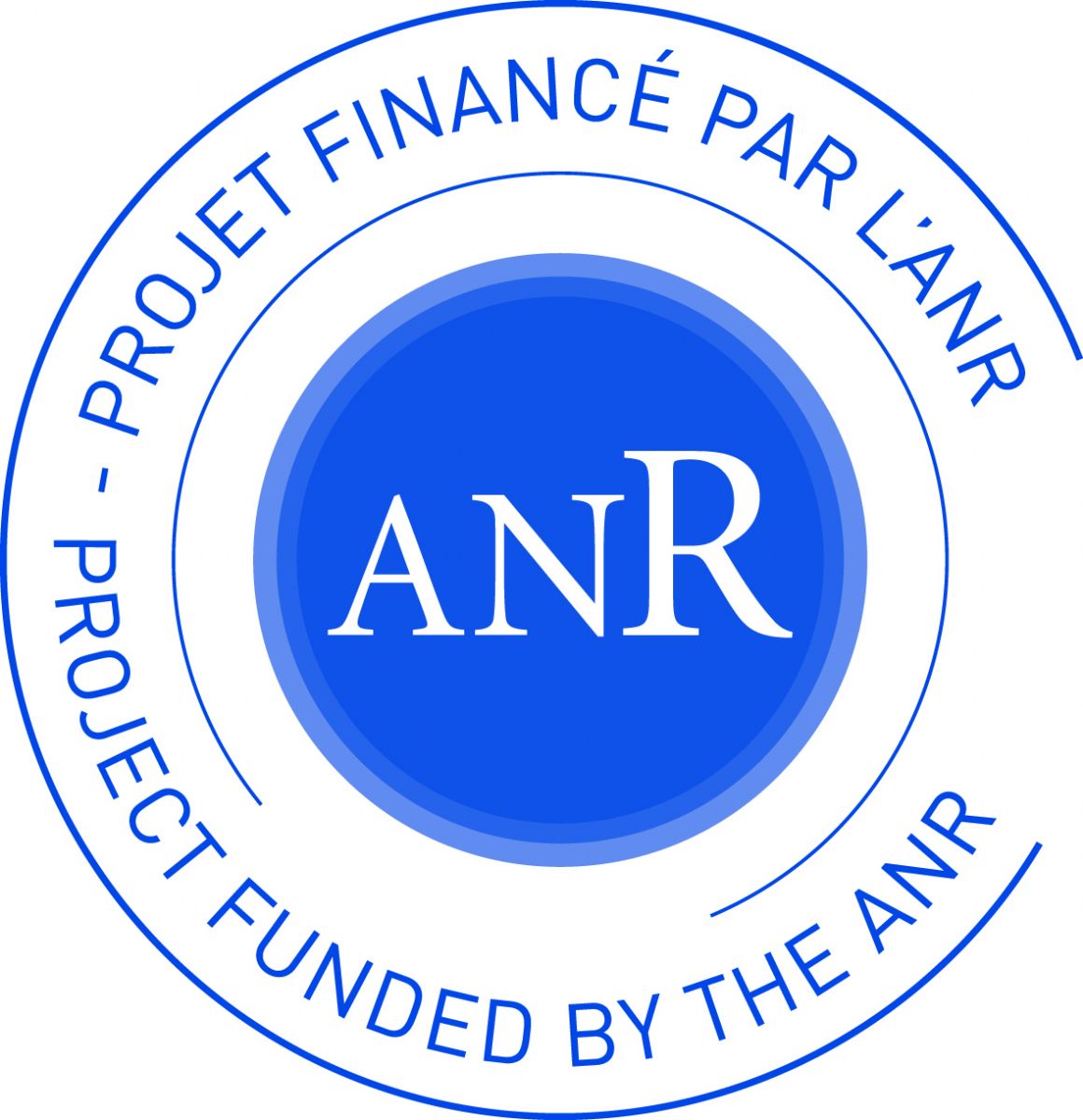MAIA
|
MAIA: Multiphysics image-based AnalysIs for premature brAin development understanding Dates: 2015-2020 Coordinating partner: Prof. François Rousseau, IMT Atlantique, INSERM LaTIM |
 |
Each year in France, 55 000 children are born prematurely, i.e., before the 37th week of gestation. In this context, extreme prematurity (less than 32 weeks) covers 10 000 newborns a year. Long-term studies of the outcome of prematurely born infants have clearly documented that the majority of such infants may have significant motor, cognitive, and behavioral deficits.
A first answer to this challenge was proposed by 3D morphological imaging, namely Magnetic Resonance Imaging (MRI). It led to recent breakthroughs, related to the potential correlations between specific tissue lesions, or volumetric variations of given cerebral structures, on the one hand, and some disabilities, mainly motor, on the other hand. Nevertheless, the understanding of the intrinsic mechanisms resulting in cognitive disabilities remains limited without having access to functional information.
In this context, the emergence of new modalities of 3D functional MRI (e.g., Arterial Spin Labeling, ASL), or optical imaging technologies (e.g., Near InfraRed Spectroscopy, NIRS), brings new perspectives for extracting cognitive information, via metabolic activity measures. Other classical technics devoted to cerebral signal measurement, such as ElectroEncephaloGraphy (EEG), provide cognitive information at the cortical level. Each of these various non-invasive imaging technologies brings substantial and specific information for the understanding of newborn brain development.
This project aims at developing innovative approaches for multi-image / multi-signal analysis, in order to improve neurodevelopment understanding methods.
- Site hébergé par IMT Atlantique


